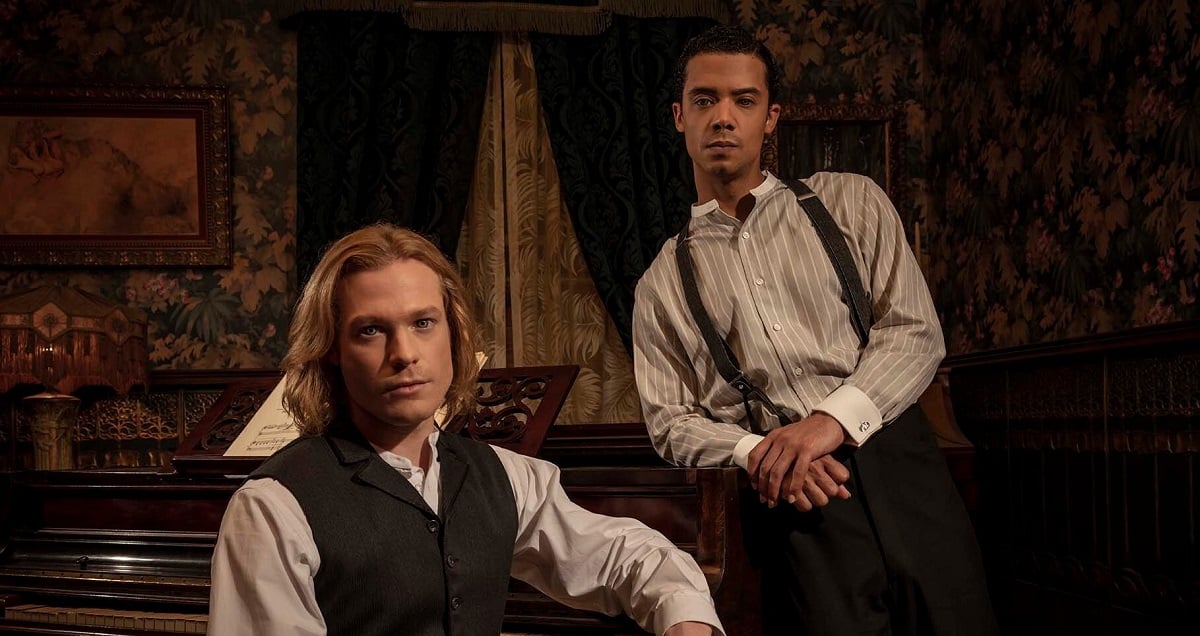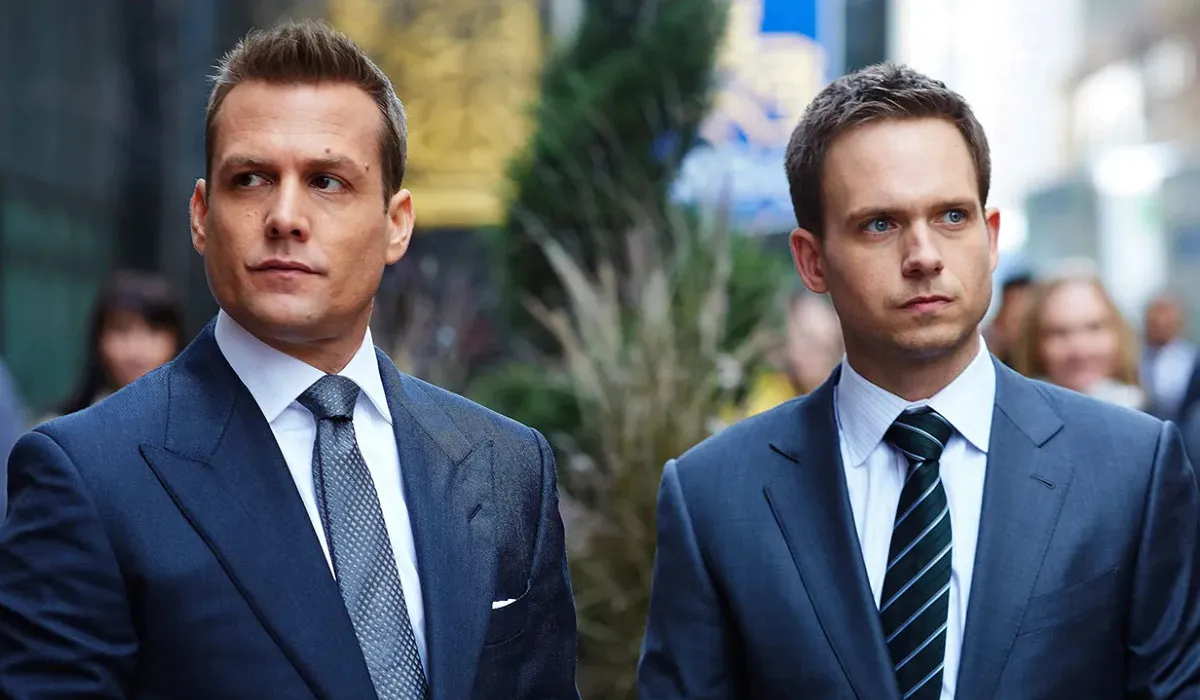Interview With the Vampire is one of the best TV shows ever made and one of the greatest critiques on racism I’ve seen. The fact that a simple race swap of key characters added far more depth and intrigue than Anne Rice could have ever done is a testament to the power of diversity.
If you aren’t familiar with the original story, here’s a quick breakdown. Rice was one of the most famous fiction writers in American history. Her novelist debut started with her most famous work, Interview With the Vampire, published in 1976. Rice has sold over 100 million copies to date.
The AMC series of the same name came out on October 2, 2022, and was created by Rolin Jones. It stars Jacob Anderson as Louis, Sam Reid as Lestat, Eric Bogosian as journalist Daniel Molloy (the titular interviewer of the vampire Louis), and Bailey Bass (replaced by Delainey Hayles in season 2) as Claudia. As reported by TV Line, the show was renewed for a third season earlier this year.
There are some major differences between the show and the novel. For starters, vampires Louis and Claudia are both Black American in the show, while they were white in the novel. They both largely share the same basic plot setup: vampire Louis de Pointe du Lac gets interviewed by a reporter known as “the boy” and recounts his 200-years as a vampire, starting from 1791 New Orleans. Louis gets courted by the vampire Lestat de Lioncourt, and eventually made a vampire himself by his lover. What follows is a story of love, abuse, and class politics, along with plenty of homoerotic storytelling.
Louis was a wealthy white plantation owner in the novel, but it didn’t quite go far enough in critiquing the racial aspect of that for me. The show changes this entirely: It is gushing with racial critique from every corner. With Louis is a Black vampire in early 20th-century New Orleans, it opens up a wide open field for all of the Jim Crow politics at play.
As a business owner in Jim Crow Louisiana, Louis is subject to all forms of racial abuse. White politicians like Alderman Fenwick think very little of Louis and try to take advantage of him at every step. The local townsfolk also start getting suspicious of Louis after a string of murders. When Louis does retaliate against Fenwick by murdering him gruesomely, this initiates a race riot within town, with many Black homes and businesses burned down.
And while the overt side of racism is thoroughly covered here, the show doesn’t let white liberalism off the hook, either. Lestat is essentially the type of “race-blind” Obama-voter white liberal that Jordan Peele’s Get Out critiqued. As a vampire, he thinks nothing of race, as he considers himself above the qualms of mortals. He chastises racism, but only very superficially. In most situations, he is passive to the racial abuse Louis suffers. As Daniel Malloy also cheekily points out, the extremely one-sided and abusive relationship between Louis and Lestat resembles something closer to master-slave than lover-companion: “white master, black student, but equal in the quiet dark.”
The show does an exceptional job at unpacking all of this. Lestat is extremely controlling of Louis, being in charge of much of the financials and both of their lives respectively. Louis exists as an object of toxic affection, a prop in Lestat’s life. This isn’t too far off from how white liberalism in real life often operates. As said The Washington Post said, white liberals will often evoke stereotypes of Black people in conversations with them. Whites aren’t fully aware of the subtle biases they’re exhibiting, but they still carry real damage. In thinking himself above race, Lestat unknowingly ends up proliferating a ton of racism, as well as passively letting some of it happen.










Published: Aug 4, 2024 09:18 pm